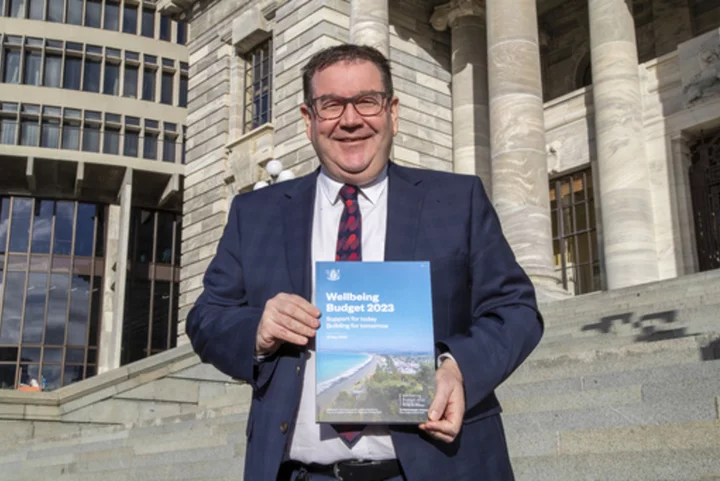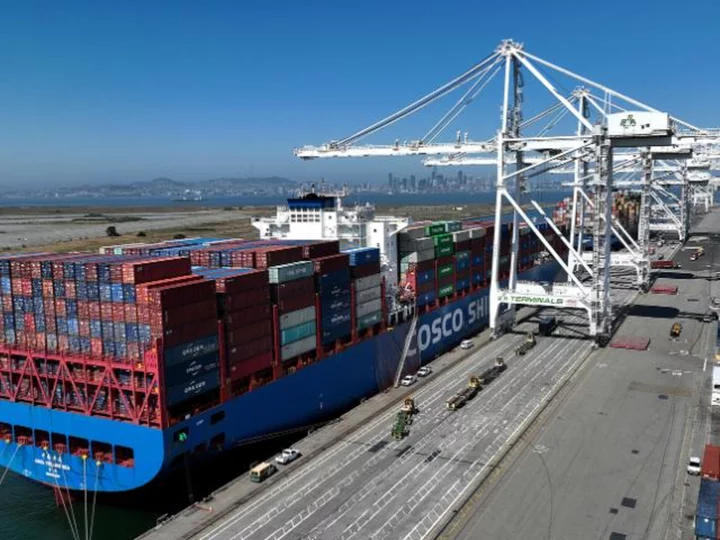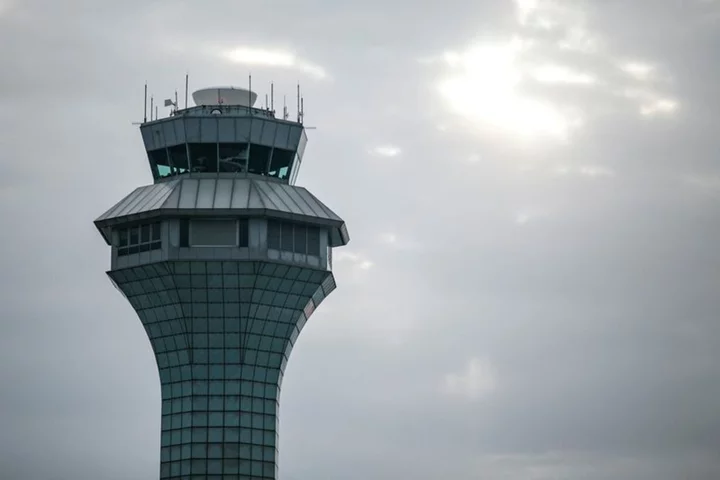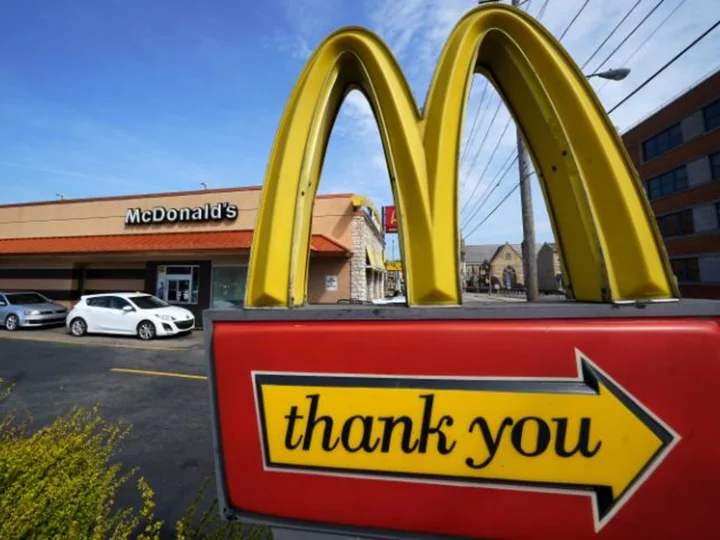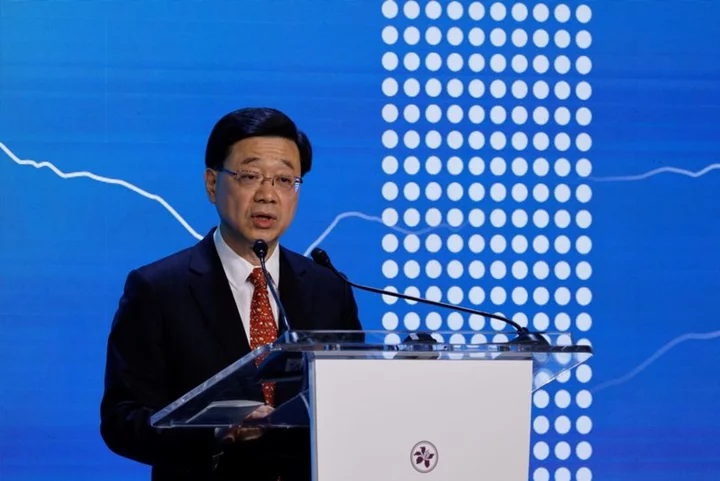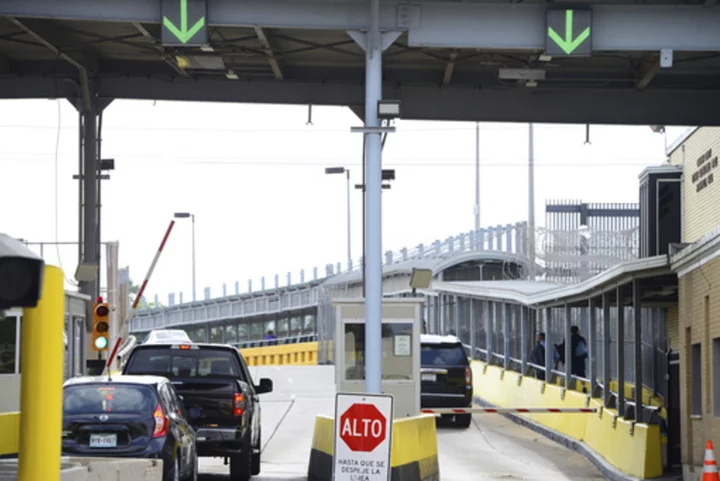WELLINGTON, New Zealand (AP) — Months before an election, New Zealand’s government on Thursday offered some modest financial relief to many people by making most prescription medicines free and increasing subsidies for child care and public transportation.
But the government’s annual budget plan was notable for its lack of big new initiatives. Since taking office earlier this year, Prime Minister Chris Hipkins has promised a back-to-basics approach and axed many of the more ambitious — and contentious — plans of his predecessor, Jacinda Ardern.
Finance Minister Grant Robertson said the budget was all about doing the basics well.
“It’s pragmatic and it’s practical and it’s the right budget for these times,” Robertson said. “Were there other things I wanted to do? Were there other things ministers wanted to do? One hundred percent there were. But this is not the right time for all of those things.”
Polls indicate Hipkins and his liberal government are in a close contest for the October election against the conservative opposition led by Christopher Luxon.
A new Treasury forecast released Thursday no longer predicts New Zealand will enter a recession as the economy cools this year. Still, the forecast does predict a sharp uptick in unemployment and anemic economic growth.
The government’s budget plan comes after the nation suffered an economic setback earlier this year when extreme weather, including flash-flooding in Auckland and a cyclone, caused billions of dollars in damage to infrastructure and homes.
The plan removes a small copay on most prescription medicines, expands subsidized child care for preschoolers to include 2-year-olds, and makes bus and train rides free for all children under age 13.
The plan needs to be approved by lawmakers but that is considered a formality with Hipkins and his supporters holding a large majority in Parliament. The budget takes effect when the fiscal year begins in July, though not all of the initiatives would start immediately.
Luxon, the opposition leader, said the government was addicted to spending.
“Finance Minister Grant Robertson promised a bread-and-butter budget,” Luxon said. “What he delivered was a spending spree creating a massive increase in deficits and debt climbing for years to come.”
The Treasury forecast predicts inflation will fall rapidly from its current level of 6.7% to about 3% by the end of next year. It indicates that the central bank’s benchmark interest rate has already peaked in the current upward cycle at 5.25%.
The Treasury forecast indicates the economy will grow by 1% over the year beginning July, before picking up to 2.1% growth in the following year. Treasury predicts the current unemployment rate of 3.4% will rise to 5.3% by the end of next year before falling.
The government predicts it will return to a budget surplus by 2027 after running deficits since the coronavirus pandemic hit in 2020. It expects government debt will reach a peak of 22% of GDP before falling.

